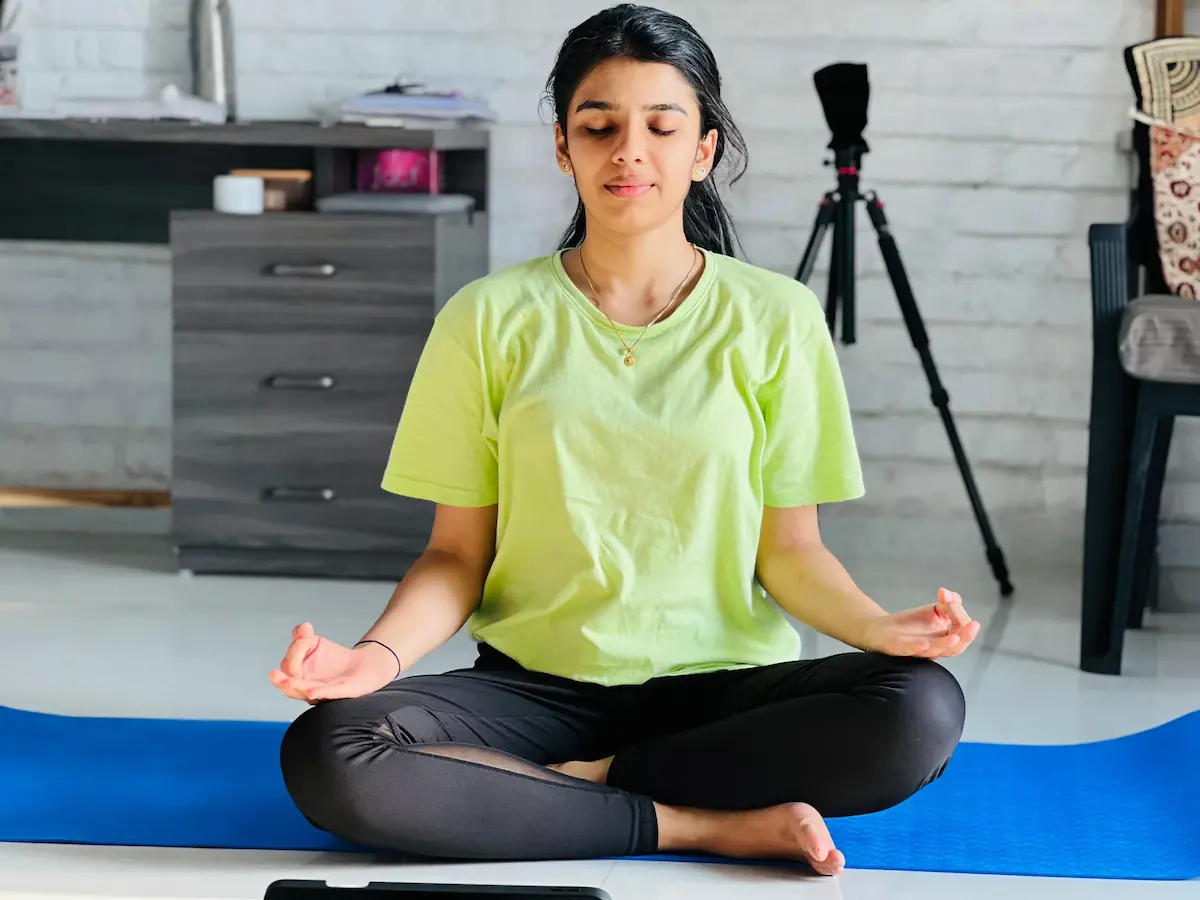Yoga goes beyond exercises it’s a journey of self-care that nurtures your body, mind, and soul. To ensure your practice is safe and transformative, here are the 7 essential do’s and don’ts. Each tip is paired with a foundational yoga pose complete with step-by-step guidance, benefits, and safety advice.
How to Begin Your Yoga Practice
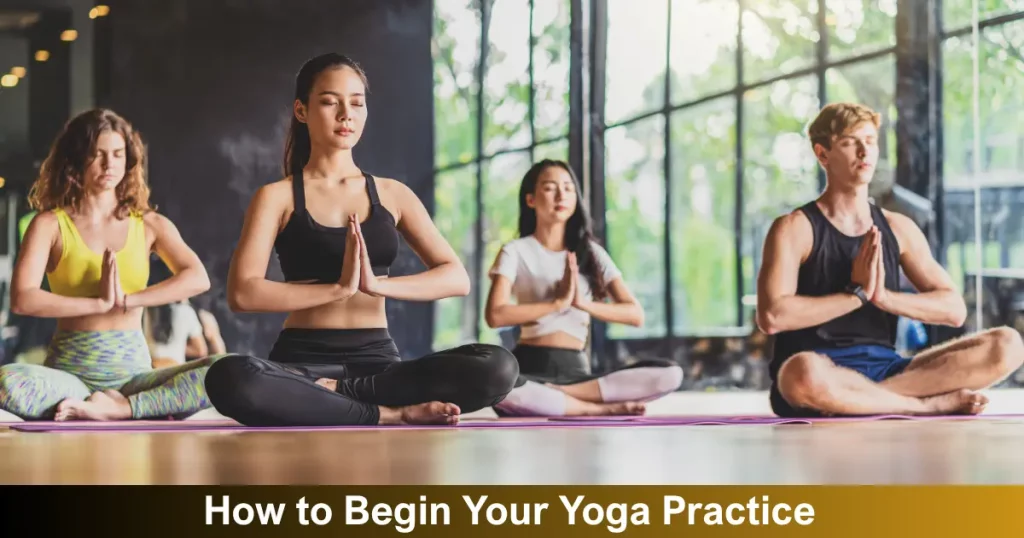
- Find a quiet, clutter-free space
- Pick a consistent time (morning is ideal, but any time works)
- Breathe deeply and center yourself
- Warm up before starting
- Start with simple poses
- Move mindfully, never rushing sequences
- Focus on aligning your body correctly
- Finish with Shavasana (Corpse Pose) for relaxation
Do’s of Yoga (And Essential Poses)
1. Do Listen to Your Body
Pose: Child’s Pose (Balasana)
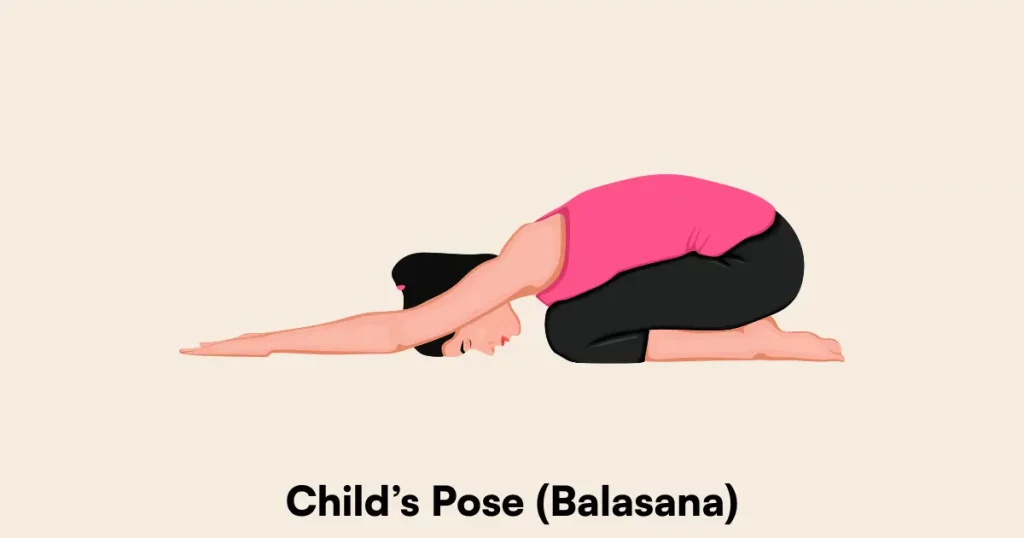
How to do it:
- Kneel on your mat, big toes touching, knees apart.
- Sit back on your heels.
- Extend your arms forward, lower your chest between your thighs and rest your forehead on the mat.
- Breathe deeply and hold as long as comfortable.
Benefits:
Precautions:
If you have knee injuries, support with a folded blanket under your knees or thighs.
2. Do Practice Consistently
Pose: Downward Facing Dog (Adho Mukha Svanasana)
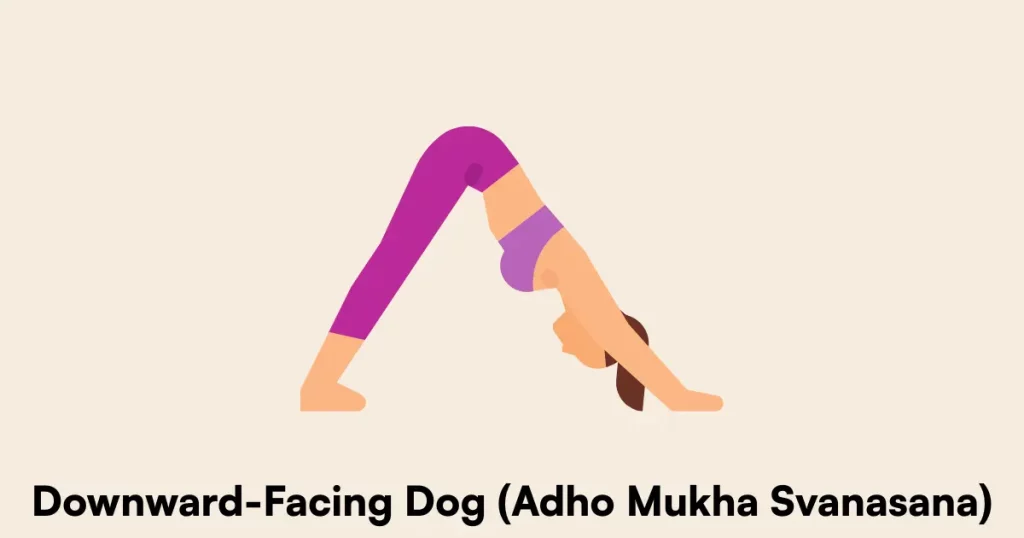
How to do it:
- Start on all fours. Hands under shoulders, knees under hips.
- Tuck your toes, lift knees, and push hips up, straightening arms and legs into an inverted V-shape.
- Spread fingers wide, keep head between arms.
Benefits:
- Builds strength in arms, shoulders, and legs.
- Energizes and improves flexibility in hamstrings and calves.
Precautions:
Bend knees if hamstrings are tight. Never force heels to the mat.
3. Do Warm Up Before Yoga
Pose: Cat-Cow Stretch (Marjaryasana/Bitilasana)
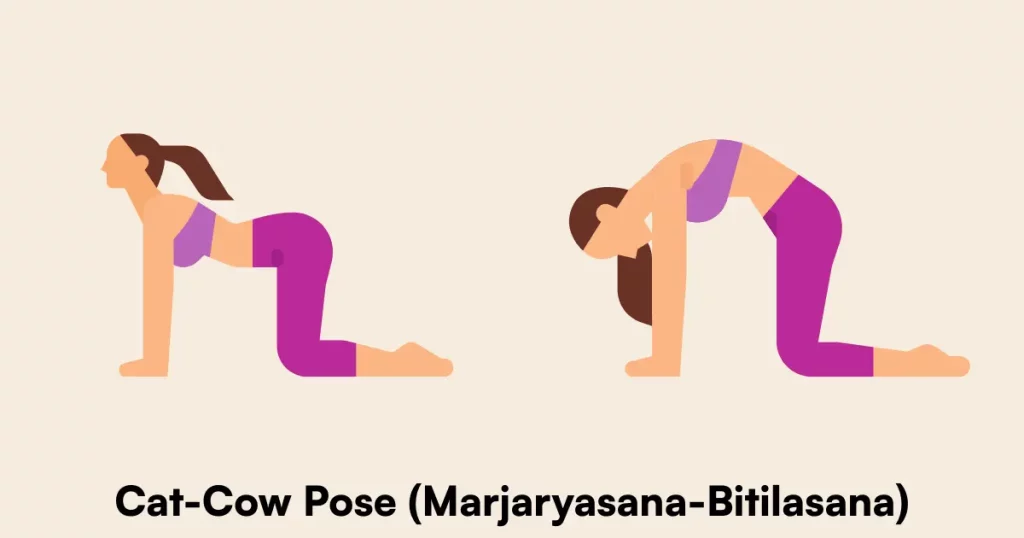
How to do it:
- Come to all fours, hands under shoulders, knees under hips.
- Inhale: drop your belly, lift your tailbone and look up (Cow).
- Exhale: round your back, tucking tailbone and chin (Cat).
- Repeat slowly for 5–10 breaths.
Benefits:
Precautions:
Avoid if you have a recent or chronic back injury.
4. Do Use Props When Needed
Pose: Bridge Pose (Setu Bandhasana) with Block
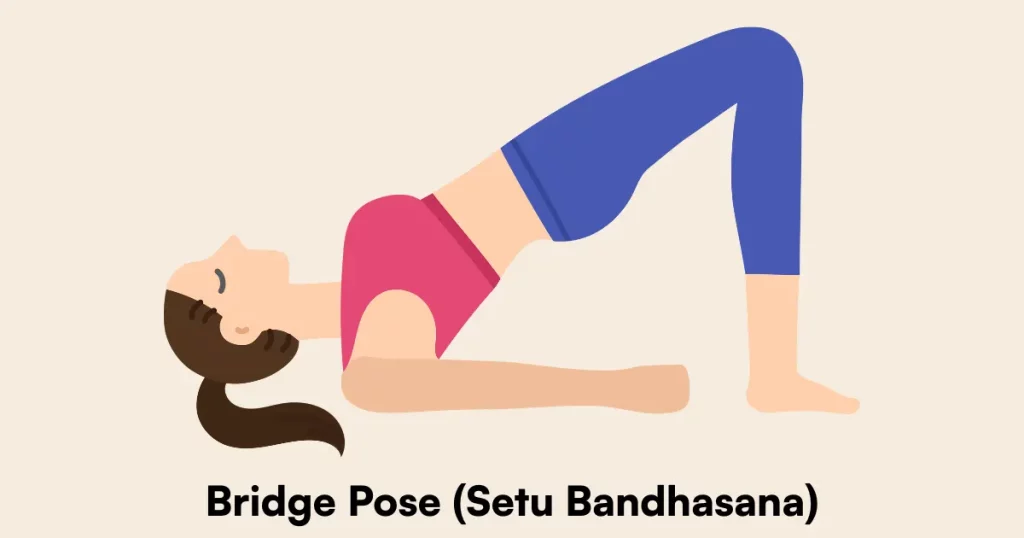
How to do it:
- Lie on your back, feet hip-width apart, knees bent.
- Place a yoga block under your sacrum for support.
- Press down through feet, lift hips, and hold.
- Breathe deeply, then gently release.
Benefits:
Precautions:
Ensure the prop is stable and never strain your lower back.
5. Do Breathe Mindfully
Practice: Ujjayi Pranayama (Ocean Breath)
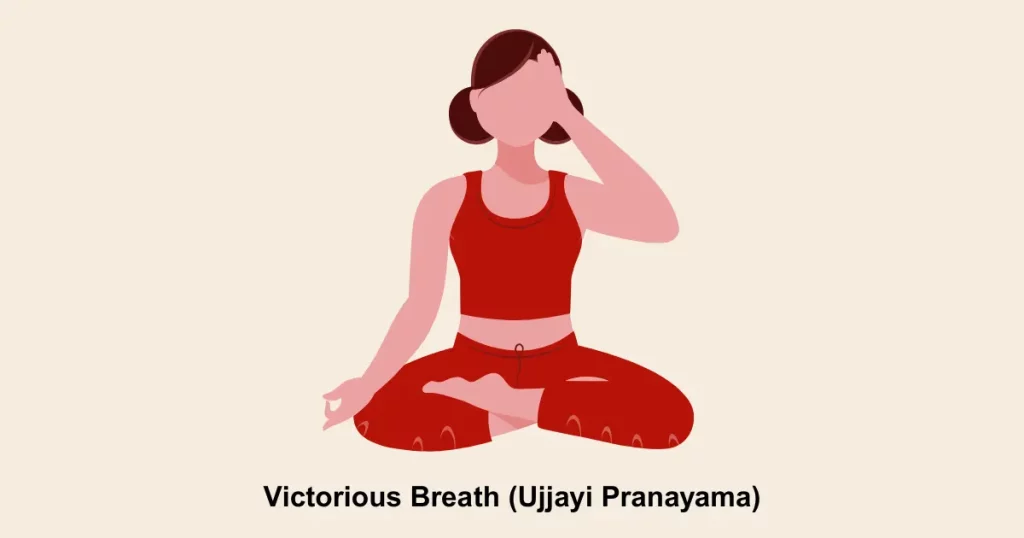
How to do it:
- Sit comfortably. Inhale for a count of 4 through your nose while slightly constricting the back of your throat.
- Exhale through your nose with the same throat constriction, making a gentle oceanic sound.
- Repeat for several breaths.
Benefits:
Precautions:
Stop if you feel dizzy. Practice at your own pace, never straining breath.
6. Do Stay Hydrated
- Drink water before and after your yoga session, especially if practicing in a heated environment.
- Avoid heavy meals 2–3 hours before practicing yoga; a light snack is okay if needed.
7. Do Practice Mindfulness
Pose: Corpse Pose (Shavasana)
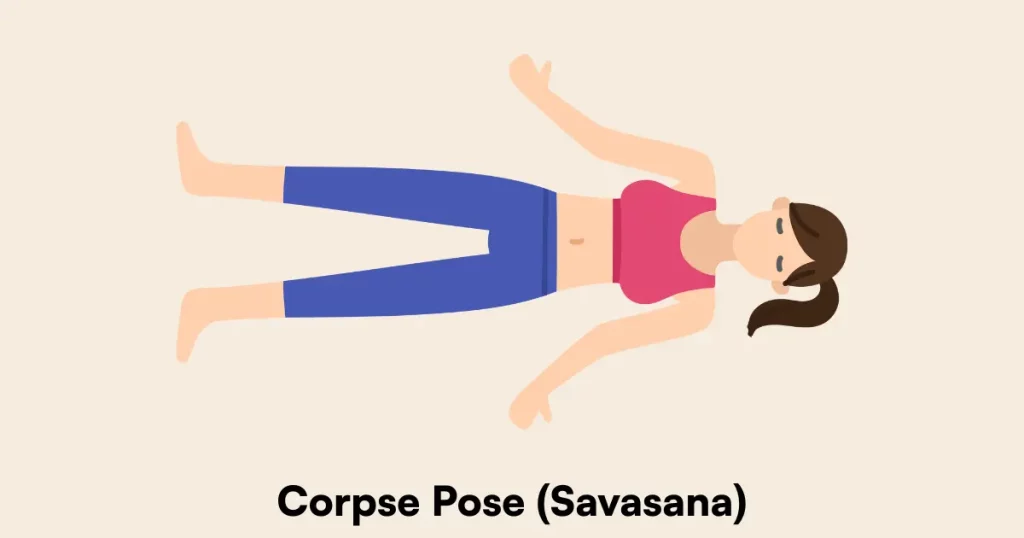
How to do it:
- Lie flat on your back, arms relaxed at your sides, palms up.
- Let legs fall open naturally.
- Close your eyes, breathe deeply, and let your body completely relax.
- Stay for 5–10 minutes to absorb the benefits of your practice.
Benefits:
Precautions:
Use a bolster under your knees if you have lower back pain. Always finish with this pose.
- Why Your Mind Wanders During Meditation
- Beginner Yoga Poses for Stress Relief
- Yoga vs Gym: Which is Better for Mental Health?
Don’ts of Yoga (And Key Warnings)
1. Don’t Push Through Pain
2. Don’t Compare Yourself to Others
3. Don’t Skip the Cool Down
4. Don’t Overdo It
5. Don’t Hold Your Breath
6. Don’t Practice on a Full or Empty Stomach
- Wait at least 2–3 hours after a meal. But avoid being completely hungry have a small snack if needed.
7. Don’t Overstretch
Pro Tips for a Safer, More Effective Practice
- Dress comfortably opt for fitted, stretchable clothing.
- Practice on a non-slip mat and in a well-ventilated space.
- Let your teacher know about any health conditions or injuries.
- Warm up and stretch before starting, and avoid high-intensity workouts immediately after yoga.
Frequently Asked Questions (FAQs)
Can I do yoga every day?
Yes! Daily practice, even for 10–15 minutes, can result in steady progress and well-being. Always listen to your body for signals to rest.
What if I’m not flexible?
Yoga is for everyone. Props and pose modifications help you work at your current level. Flexibility will improve over time.
Should I eat before yoga?
A full meal should be avoided 2–3 hours before class. If you’re hungry, try a light snack (fruit or a handful of nuts) 30 minutes prior.
Is yoga safe during pregnancy or menstruation?
Consult your doctor. Avoid inversion and certain strong poses; gentle stretching and relaxation are best during these times.
Why is breathing important in yoga?
Breath links body and mind, enhances movement, and provides focus, making your practice safe and more effective.
How do I avoid yoga injuries?
- Warm up before starting.
- Never push into pain.
- Maintain proper alignment and use props if needed.
- Learn from a certified instructor, especially for new or challenging poses.
By embracing these essential do’s and don’ts and keeping patience and self-kindness at the heart of your journey you’ll enjoy the countless rewards yoga brings for a healthier, happier you.
Enjoy your journey on the mat let yoga transform your body, calm your mind, and uplift your spirit!

